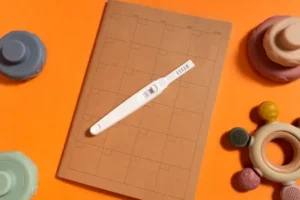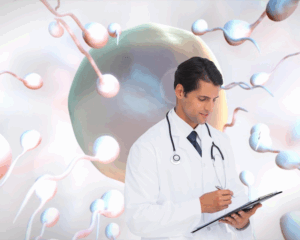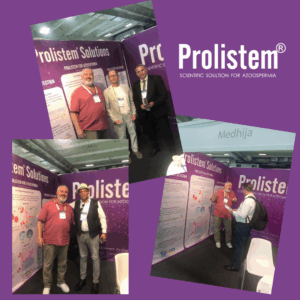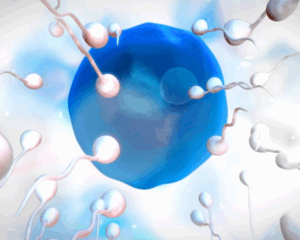
Prolistem for Non-Obstructive Azoospermia: A Comprehensive Guide
Prolistem for non obstructive azoospermia, Non-obstructive azoospermia (NOA)

Can nonobstructive azoospermia be treated? Nonobstructive azoospermia (NOA) occurs when the testes fail to produce enough sperm. This condition can be distressing for couples trying to conceive. However, advancements in medical treatments and technology offer hope. This article explores the causes, diagnosis, and treatment options for NOA.
Nonobstructive azoospermia significantly impairs sperm production. Unlike obstructive azoospermia, which results from a physical blockage, NOA stems from issues within the testes. It affects about 1% of all men and 10-15% of infertile men.
Several factors contribute to NOA, including:
Doctors use several tests to confirm NOA:
Although NOA presents challenges, treatment options exist. In some cases, men can still father biological children.
When hormonal imbalances cause NOA, hormone therapy may restore sperm production. Treatments include:
If sperm production occurs in small areas of the testes, surgical procedures can retrieve them for assisted reproduction:
Once retrieved, sperm can help achieve pregnancy through:
Certain lifestyle changes may improve testicular function:
Researchers are exploring stem cell therapy as a future NOA treatment. Although not yet widely available, early studies show promise in restoring sperm production.
NOA does not have a guaranteed cure, but treatments can improve sperm retrieval and increase the chances of conception. Success depends on the condition’s cause, severity, and treatment approach.
Men who cannot retrieve sperm may consider other options:

Prolistem for non obstructive azoospermia, Non-obstructive azoospermia (NOA)

Introduction Male infertility, especially caused by azoospermia, affects

We are proud to have participated in the

Introduction: A New Hope in Male Infertility Treatment
PROLISTEM® is a Patented Formula
Copyright © 2025 Prolistem®